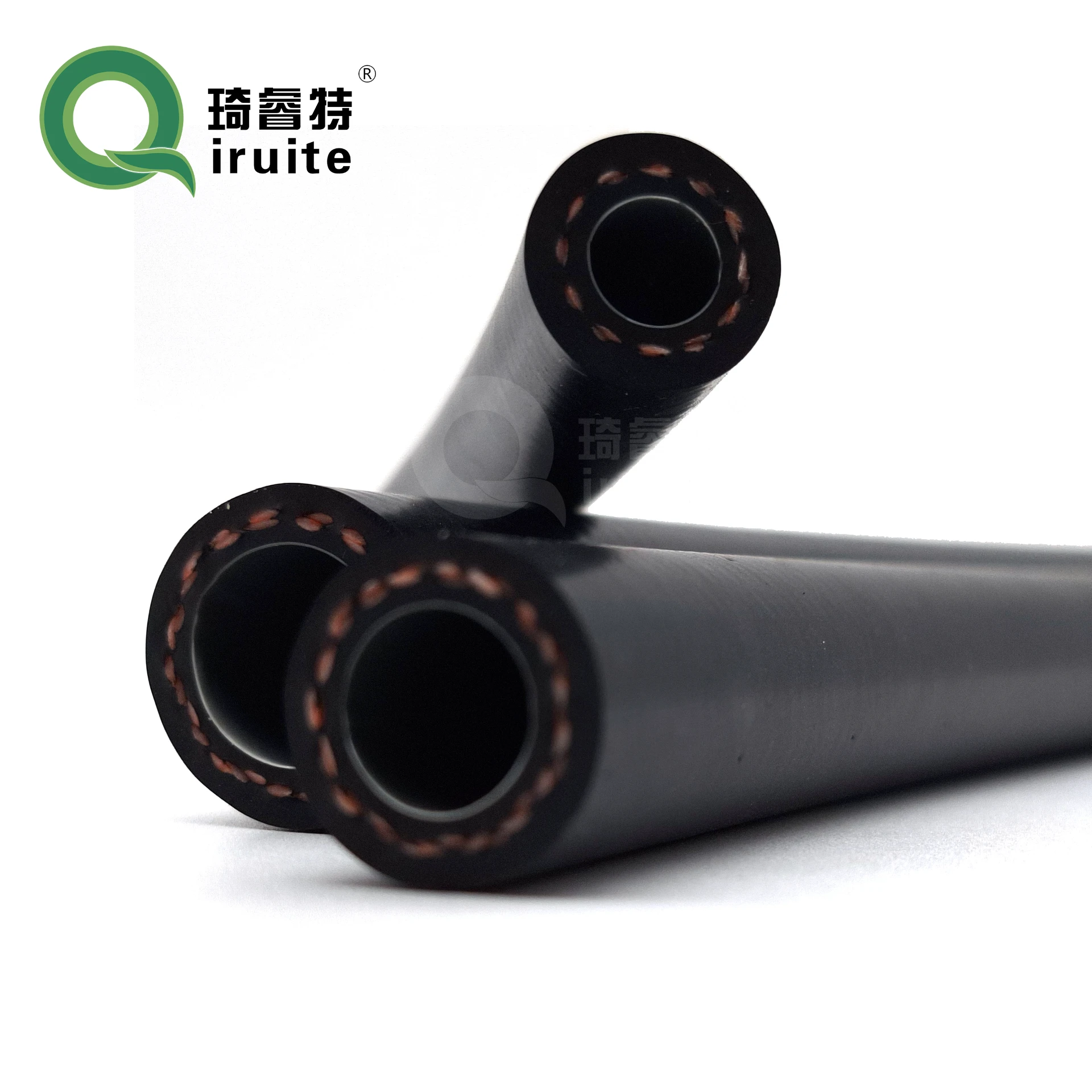Low Pressure Return Hose for Power Steering System Solutions and Maintenance Tips
Understanding Power Steering Low Pressure Return Hoses
In automotive technology, power steering systems play a crucial role in enhancing vehicle maneuverability and driving ease. Among the various components that make up these systems, the low-pressure return hose is essential for carrying hydraulic fluid back to the power steering pump. Understanding the function, construction, and maintenance of this component is key to ensuring the smooth operation of your vehicle.
Function of the Power Steering Low Pressure Return Hose
The primary function of the low-pressure return hose is to transport hydraulic fluid from the steering gear back to the power steering pump. In a typical power steering system, the pump generates high pressure, which allows for easier steering of the vehicle. Once the driver has turned the steering wheel, the hydraulic fluid moves through the system to assist in this motion. After fulfilling its purpose, the fluid needs to return to the pump to be reused, and this is where the low-pressure return hose comes into play.
The return hose works at a relatively low pressure compared to other components in the power steering system. This distinction is critical because it allows for the use of more flexible and lightweight materials, making installation easier and reducing strain on the overall system. Typically, these hoses are constructed from rubber or reinforced rubber, designed to withstand the pressures and temperatures associated with hydraulic fluid.
Construction and Design
The design of a low-pressure return hose is vital for efficient fluid transport. Most hoses feature a rubber or synthetic material that is resistant to the wear and tear caused by constant exposure to hydraulic fluid and temperature fluctuations. Many manufacturers incorporate woven fabric or steel braiding within the hose for added strength and durability. The inner lining is often smooth to ensure minimal fluid turbulence, which helps in maintaining consistent hydraulic pressure.
In addition to the materials used, the size and diameter of the return hose are carefully calibrated. A hose that is too narrow may restrict fluid flow, causing inefficiencies or increased pressure in the system. Conversely, a hose that is too wide can lead to fluid loss and diminished performance. These dimensions are critical in ensuring that the power steering system operates seamlessly.
Signs of Wear and Replacement
Given the importance of the low-pressure return hose, regular inspection is crucial. Over time, hoses can deteriorate due to exposure to heat, chemicals, and mechanical stress. Common signs that a return hose may need replacement include
1. Leaks One of the most apparent signs is the presence of steering fluid under the vehicle. If you notice spots or puddles where you park, it's worth investigating. 2. Cracking or Bulging Physical examination of the hose can reveal cracks or bulges, indicating it's time for a replacement.
power steering low pressure return hose

4. Unusual Noises Whining or grinding noises while turning the steering wheel can indicate that the power steering system is not functioning correctly due to a compromised return hose.
Maintenance Tips
To ensure the longevity and proper functioning of the power steering low-pressure return hose, there are several maintenance tips to follow
1. Regular Inspections Periodically check the condition of the hose, looking for signs of wear or leaks.
2. Fluid Changes Regularly changing the power steering fluid can help reduce buildup and contamination, which can affect the hose's integrity.
3. Proper Installation Ensure that any installation or replacement of the hose is done following the manufacturer's specifications to prevent kinks or bends that could impede fluid flow.
4. Seek Professional Help If you're unsure about the condition of your power steering system, consult with a professional mechanic who can provide a thorough inspection and necessary service.
Conclusion
The low-pressure return hose in a power steering system may seem like a minor component, but it is critical to the overall performance of your vehicle's steering. Understanding its function, signs of wear, and maintenance requirements will help ensure that you maintain a smooth and responsive driving experience. Regular checks and timely replacements can prevent larger issues and save you from costly repairs down the road. Keeping your power steering system in prime condition not only enhances your vehicle's performance but also contributes to safer driving.
-
Ultimate Spiral Protection for Hoses & CablesNewsJun.26,2025
-
The Ultimate Quick-Connect Solutions for Every NeedNewsJun.26,2025
-
SAE J1401 Brake Hose: Reliable Choice for Safe BrakingNewsJun.26,2025
-
Reliable J2064 A/C Hoses for Real-World Cooling NeedsNewsJun.26,2025
-
Heavy-Duty Sewer Jetting Hoses Built to LastNewsJun.26,2025
-
Fix Power Steering Tube Leaks Fast – Durable & Affordable SolutionNewsJun.26,2025

